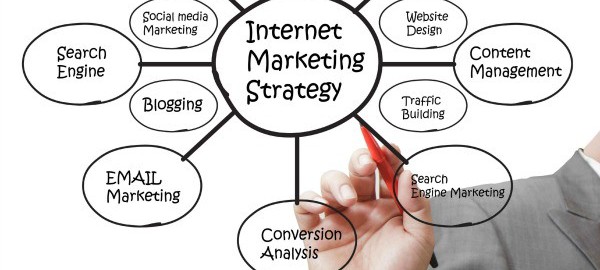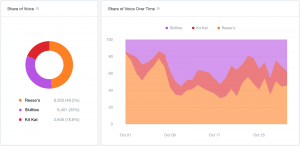By Susan Tucker, Published October 25, 2014
When considering your personal financial assets, I’ll bet they are properly allocated through a variety of categories such as IRA’s, real estate, CD’s, savings, stocks, bonds, cash and others. You’ve likely been thoughtful (or advised that way) and prepared for any potential instability by creating a diversified portfolio.
But, how much have you considered your digital marketing assets and how diversified they are? Do you plan on relying solely on social media marketing or just your website? Perhaps you are using only Google ads to spread the word. If you are relying on only one or two methods of digital marketing, you are in putting your small business at risk. After all, digital properties can be unstable – just like any other investment.

Digital Marketing Diversification 101
Digital marketing is the promotion of a company using electronic devices such as personal computers, smartphones, cellphones, tablets and game consoles. Digital marketing applies to technologies or platforms such as websites, e-mail, apps (classic and mobile) and social networks.
In short, there are many venues by which to utilize in your digital marketing efforts.
Here are the steps to follow in order to maximize marketing diversification:
Step 1: Discover Your Digital Options
When it comes to digital marketing choices these days, there is an explosion of opportunities and they continue to grow daily. The fact is, you can diversify quickly and easily once you have determined the best way to get in front of, and engage with, your prospects.
Here are your digital marketing options:
- Search/Display Ads
- Paid Ads via Publishing Outlet
- In-game Advertising
- Social Media Ads
- Ad-Retargeting
- Offline Ads with QR Codes/URL’s
- Inbound Links
- Reviews
- Website Search Engine Optimization (SEO)
- Online Forums (LinkedIn, Quora)
- Local Listings
- Blogging
- Social Media Channels
- Online Videos
- SMS (Texts)
- Digital Loyalty Programs
- Content Offers with Landing Pages
- Email Marketing
- Others I have not even heard of yet!
Step 2: Map Out Your Content
Once you have decided how many and which of these channels you need to be on, it’s time to plan and map out content.
Take a look at your current assets – look at your library of blog posts, print assets, identify what materials are always relevant (evergreen) and clean out everything that is outdated.
Inventory your current digital channels – are you doing PPC? Social? Loyalty programs? Gather all your digital assets into one spreadsheet to see what you are starting with.
Create a calendar – I’m a big advocate of content calendars! Think through the next 6-months, determine what of your current content is relevant and when. You can then use this as a place to start in your future content planning.
Break it up – no need to create different content for each digital marketing channel! Break it all up – have a blog post? Break it down to the main points for a SlideShare; take snippets out for your social posts; send an email with a link to the post; do an online video overview of the post… break it up and send it out. Don’t forget to use your content calendar to track what you’re posting and where.
Step 3: Determine Your Channels
To most efficiently set up your portfolio for marketing diversification you must consider the top channels where your current and target customers will be. Once you have determined this through your Buyer Persona creation, you can then craft your digital marketing plan around this.
Not every channel is right for every business and piece of content. Your own channel – your blog and landing pages – are the most important. Use this space as your home base, then fill in the others from there.
Step 4: Analyze, Tweak, Start Over
If you don’t track, you’ll never know what is working for you and what isn’t. I like to use Hubspot, Google Analytics, as well as a simple Benchmarking form to help me analyze it all. Measuring the ROI of digital marketing is the way you will be most effective in your online strategy. Find out what’s working, what doesn’t, then tweak it and start over.
As you diversify your digital marketing portfolio you’ll depend less on one channel to deliver and be prepared for any marketing instability. Because, if there is one thing that’s for certain – the digital marketing world is going to keep changing!
Business Articles | Business 2 Community
(316)





